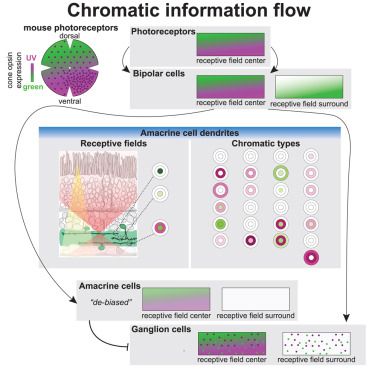

(Find a short summary a little bit further down my timeline)
⭐I'm thrilled to receive a grant from the Brain Research Foundation! tinyurl.com/2p9ku4sd
⭐"Atypical retinal ganglion cell function in a mouse model of Fragile X syndrome" was published! tinyurl.com/htk3ekce
⭐my review on retinal receptive fields was published! tinyurl.com/48b9xbs2

⭐I'm thrilled to receive a grant from the Brain Research Foundation! tinyurl.com/2p9ku4sd
⭐"Atypical retinal ganglion cell function in a mouse model of Fragile X syndrome" was published! tinyurl.com/htk3ekce
⭐my review on retinal receptive fields was published! tinyurl.com/48b9xbs2
New review with @annaintegrated.bsky.social & @serenariccitelli.bsky.social in Annual Review of Vision Science 👇
tinyurl.com/ymp3vs4d
New review with @annaintegrated.bsky.social & @serenariccitelli.bsky.social in Annual Review of Vision Science 👇
tinyurl.com/ymp3vs4d

New review with @annaintegrated.bsky.social & @serenariccitelli.bsky.social in Annual Review of Vision Science 👇
tinyurl.com/ymp3vs4d

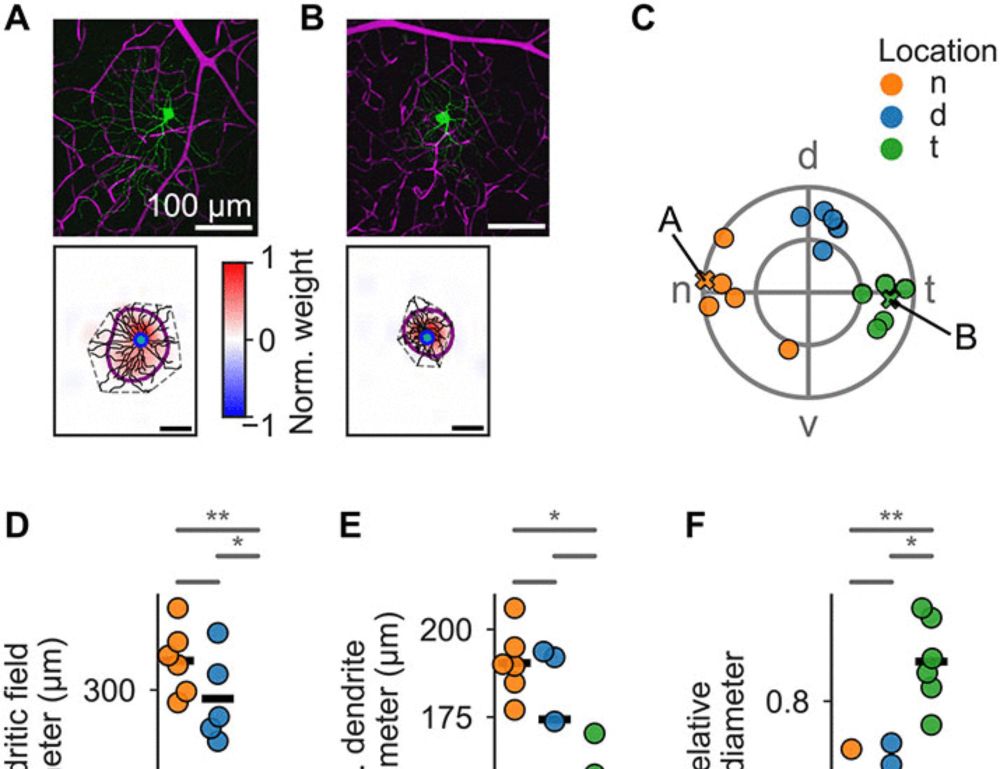
New preprint from the lab is now live: www.biorxiv.org/content/10.1...
1/n

New preprint from the lab is now live: www.biorxiv.org/content/10.1...
1/n
#birds #AAV
www.frontiersin.org/journals/phy...
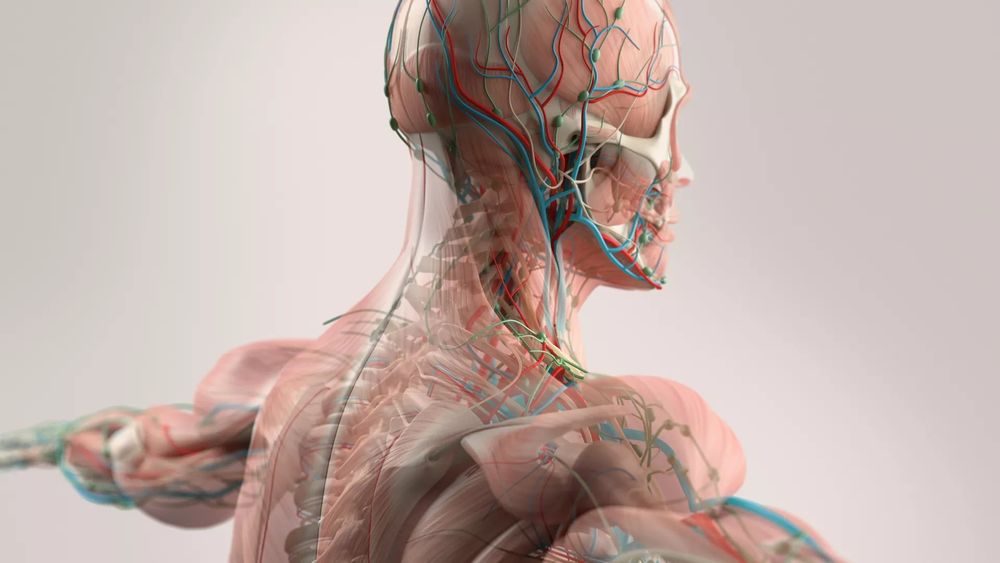
#birds #AAV
www.frontiersin.org/journals/phy...
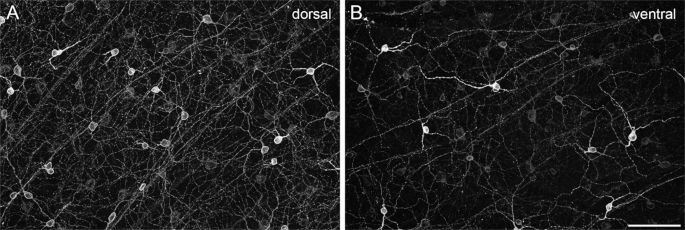
1-16, 2025 www.mbl.edu/education/ad...
1-16, 2025 www.mbl.edu/education/ad...
Addition requests, as before, please fill this google form:
forms.gle/4ZdNjejitMQu...
Addition requests, as before, please fill this google form:
forms.gle/4ZdNjejitMQu...
Applying single-cell & single-nucleus genomics to studies of cellular heterogeneity & cell fate transitions in the nervous system
www.nature.com/articles/s41...
Discover the power of sc/snRNAseq in unraveling cellular diversity/transitions. Highlighting creation of cell atlases for neuroscience.


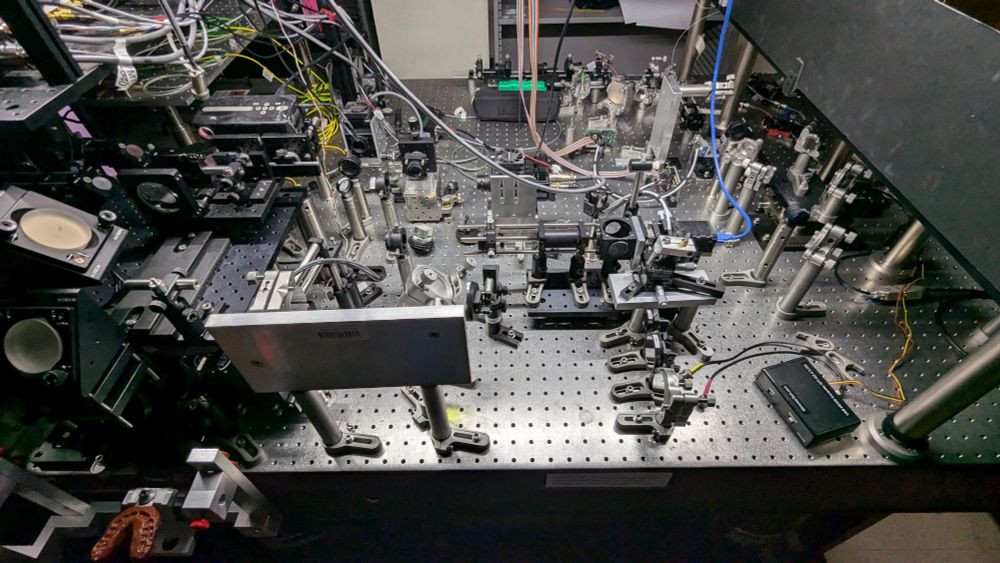
Read more: e11.bio/news/roadmap
Read more: e11.bio/news/roadmap
We are talking eyes, retinas, and some of the more ancestral bits of visual brains. No species restrictions. List is close to full, will start building Vol 2 before too long
Addition requests, please see link in the below thread
go.bsky.app/BotZr1g
We are talking eyes, retinas, and some of the more ancestral bits of visual brains. No species restrictions. List is close to full, will start building Vol 2 before too long
Addition requests, please see link in the below thread
go.bsky.app/BotZr1g
We explain how correlated responses in the retinal output may arise when nonlinear receptive fields are stimulated with natural scenes. We think […]
[Original post on qoto.org]

We explain how correlated responses in the retinal output may arise when nonlinear receptive fields are stimulated with natural scenes. We think […]
[Original post on qoto.org]
www.nature.com/articles/s41...
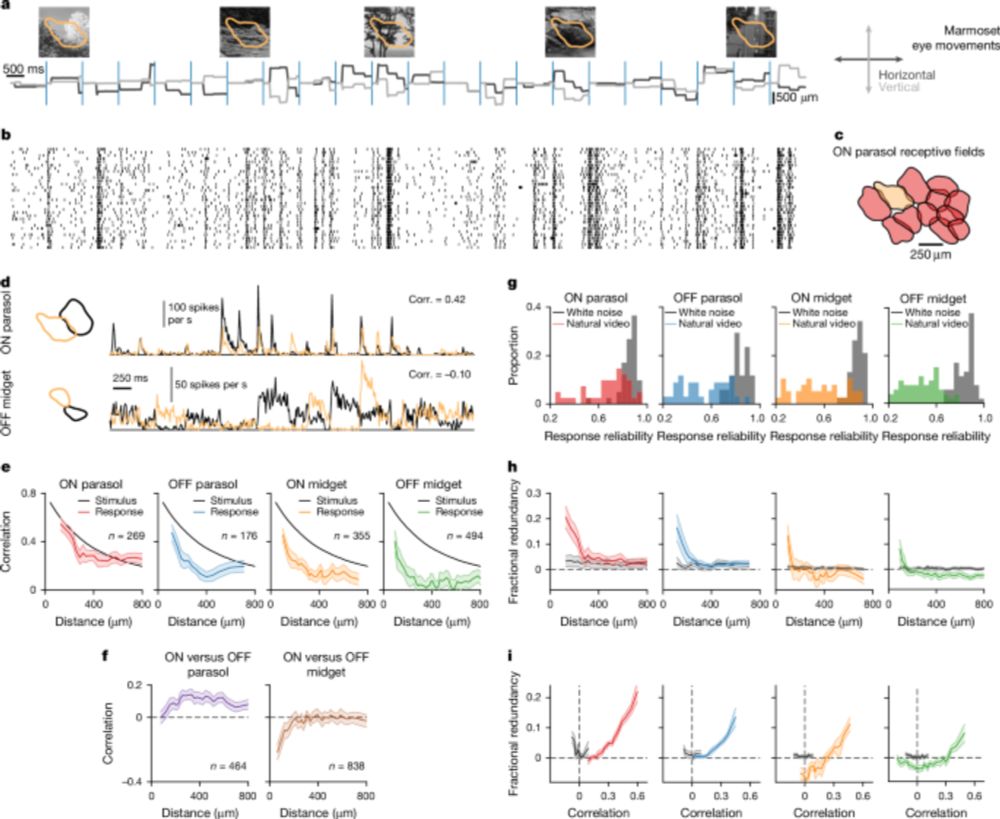
www.nature.com/articles/s41...
www.jstor.org/stable/24923...
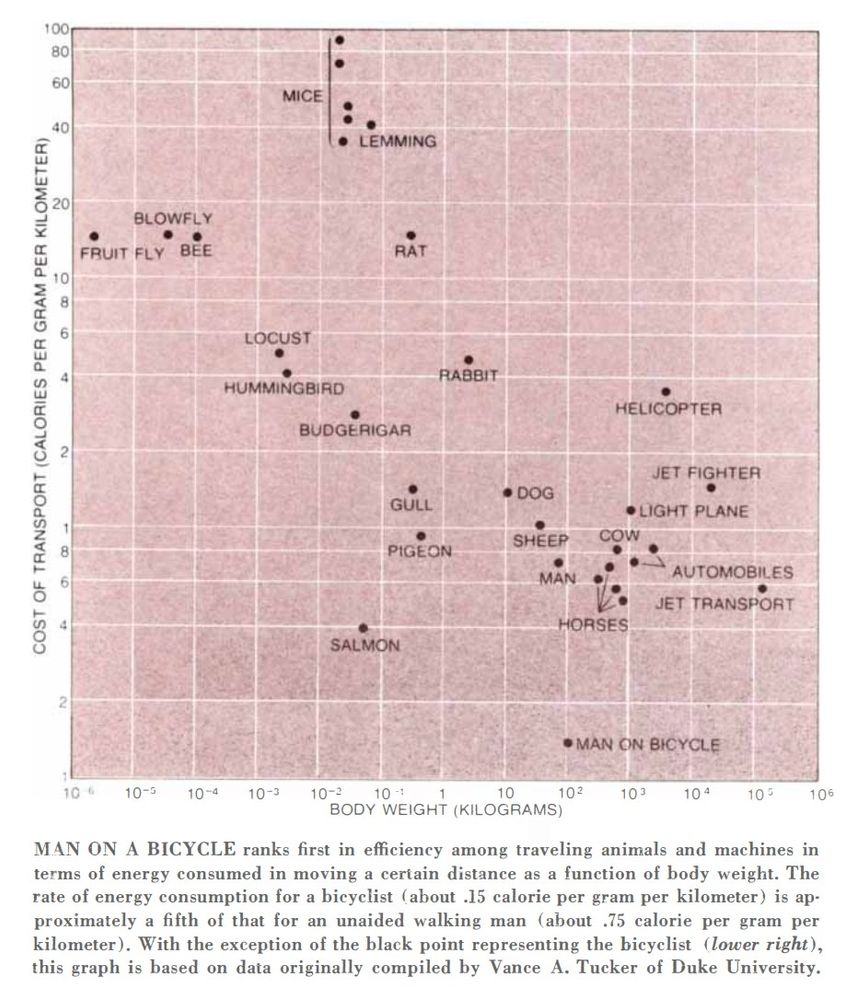
www.jstor.org/stable/24923...
If you want to know more about cones and behaviour 🐟...
👇🏻
www.biorxiv.org/content/10.1...

If you want to know more about cones and behaviour 🐟...
👇🏻
www.biorxiv.org/content/10.1...
(Find a short summary a little bit further down my timeline)

(Find a short summary a little bit further down my timeline)

